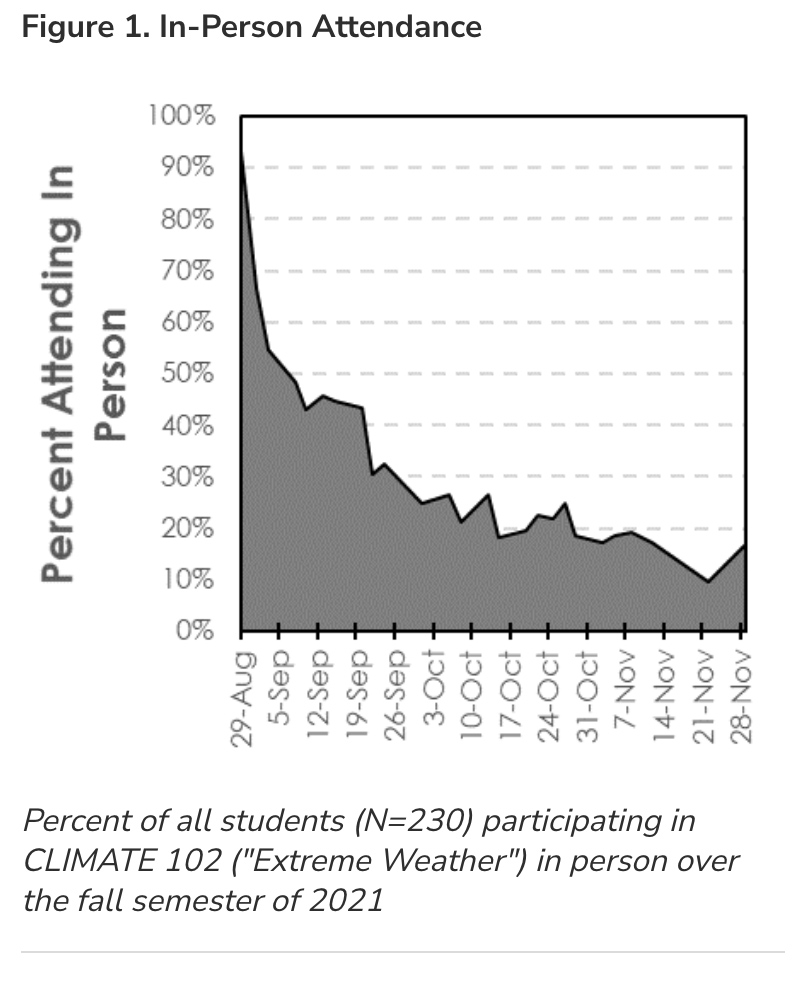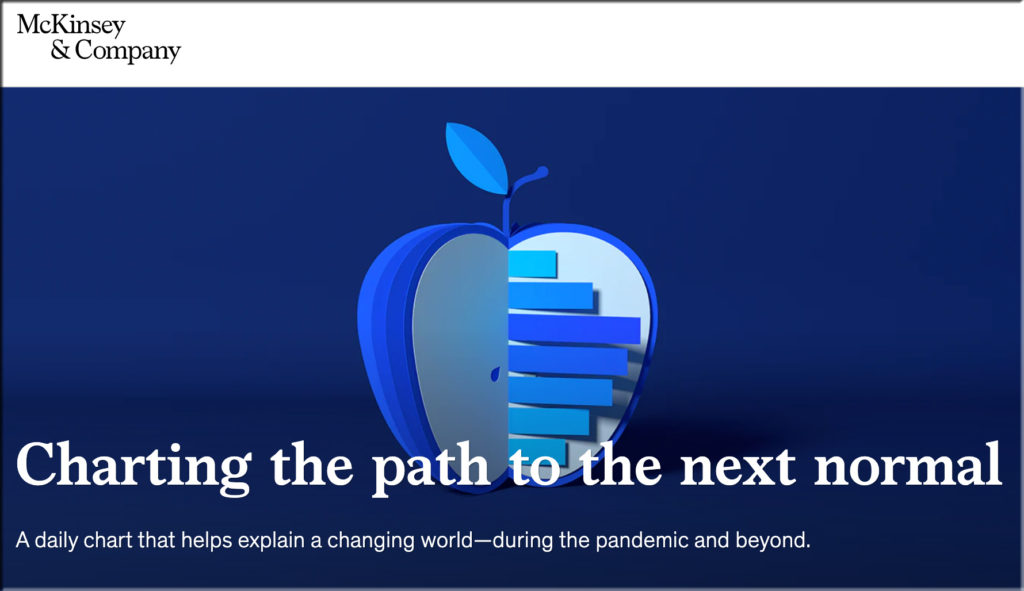Is there a skills gap in learning design? — from neilmosley.com by Neil Mosley
Excerpt:
Another deficiency in higher education has also been the dearth of support there is for learning design. Roles such as Learning Designer or Instructional Designer have been relatively niche in UK higher education, they have tended to exist only in online or distance education settings.
This seems to be changing a little and there’s been more of these roles created over the past two years. Hopefully, as a result of growing recognition of the design and planning work that’s needed in higher education as the teaching and study experience grows in complexity.
Whilst broadly positive, this has thrown up another problem – the inconsistency and variability of skills amongst those that might refer to themselves as a Learning or Instructional Designer.
From DSC:
Though this is from the UK, these perspectives and the issues Neil raises are also very much present here in the United States. Neil raises some important questions, such as:
- Aare the Learning Designers and/or Instructional Designers getting the training that they need?
- What’s expected of them?
- Are they utilized properly?
- How do you scale their work?
- How do you get professors and teachers to think of *designing* their learning experiences?
Addendum on 2/19/22:
And if the last two years have taught us anything, it’s that this collective movement toward learning experience design will be essential to help striving students go on better, more productive, and personally meaningful educational journeys. Indeed, we must help spread the word that education is more than a collection of classes. It may include classes, but it is so much more. At its best, it is a carefully and thoughtfully crafted and curated family of experiences that can help striving students change their lives!














